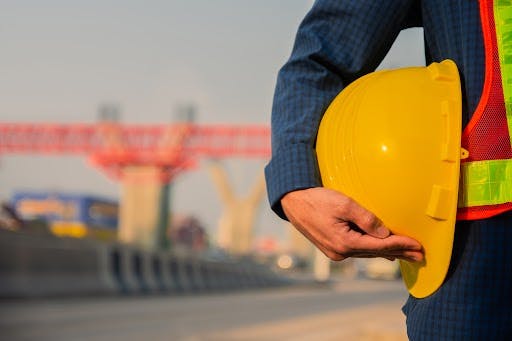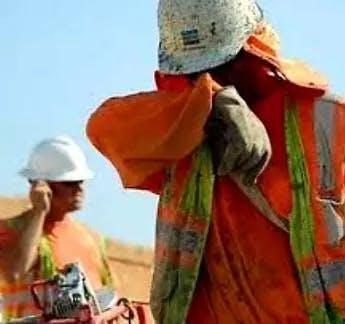Dangerously Stressed

How anxiety creates an unsafe workplace
It’s official. Stress is now one of the most common causes of incidents in every industry. Across all types of sectors, employee stress poses a notable threat to workplace safety.
From employee shortages to COVID-19, stress and anxiety can be so distracting that they can rob you of your innate natural level of caution, leaving you a bit like a dog that has lost his sense of smell. Minus his olfactory sense, Rover can struggle to understand and interact with his surroundings appropriately, making him less able to detect threats to his well-being. Let’s not make space for hapless Rover in the work environment. Here’s where to start.

Recognize the prevalence of stress. An oft-cited report from the Families and Health Institute found that 43% of surveyed employees experienced three or more indicators of stress sometimes, often, or very often—in 2009! Today, we’d expect that percentage to be much higher as COVID-19 has layered stress upon stress, including job instability, intensified demands, health concerns, care for loved ones, and worker shortages.
Recognize the sources of stress. One of the biggest culprits? Feeling like you’re expending effort in the wrong direction or questioning how you spend your time. A leading cause of stress is knowing exactly what you’re supposed to be doing and consistently doing something else! When Jimmy believes he should be working on one thing but his supervisor wants him working on something else, the chances of an incident shoot way up.
Recently, employees are naming another prominent source of stress in anonymous surveys: being given more work when they have not finished existing projects.
A third culprit is likely poor communication, which is largely the foundation of anxiety and worry that affects us every day.
It makes sense that chronic stress can lead people to make rushed decisions. And if chronic stress breeds less-safe workplaces, I wonder what the current intensity of chronic stress produces. (Distraction, haste, irritability, and fatigue come to mind.) Being so stressed that it’s impossible to be present in the moment and therefore not fully aware of our actions causes the greatest concern. It also probably has the highest impact on incidents. I’ve noticed that in every industry in the last 300 days, there seems to have been an uptick in recordable incidents.
To prevent workplace stress, let’s explore three useful correlations [OR helpful equations]:
- Why = Safe. Make sure you (or those you manage) know why you’re doing what you’re doing. Employee engagement surveys show that working blindly on a project increases anxiety. Understanding the value of what we are doing keeps our focus high and our stress low.
- Clarity = Calm. When we clearly understand the details and goals of even the most difficult and time-sensitive tasks, we are much calmer and much less likely to make a mistake. Few things are more stressful than believing a task is unnecessarily complicated. Simple is, indeed, the new smart.
- Stress = Belief. Stress is not really a condition. It’s a belief. People jump out of airplanes for fun but are hospitalized because of worry; the difference-maker in these scenarios is the person’s belief. If we believe we’re not focusing on what’s important or if we feel our boss does not value us, it can create anxiety that can interfere with our natural situational awareness.
Don’t get me wrong. Stress, anxiety, and fear are as real as it gets when it comes to our life experience. They can dramatically impact how safe we, and those around us, truly are. But it’s important to understand we have some influence over it and to acknowledge that not all worry is bad. Caution, with a little dash of paranoia, actually improves your awareness. However, it seems believing that COVID has ushered in the end of the world, feeling that your direct supervisor thinks you’re an idiot and worrying that your dog has lost his sense of smell (probably due to COVID) will remove it!
Find out more about Safety Solutions by clicking here.